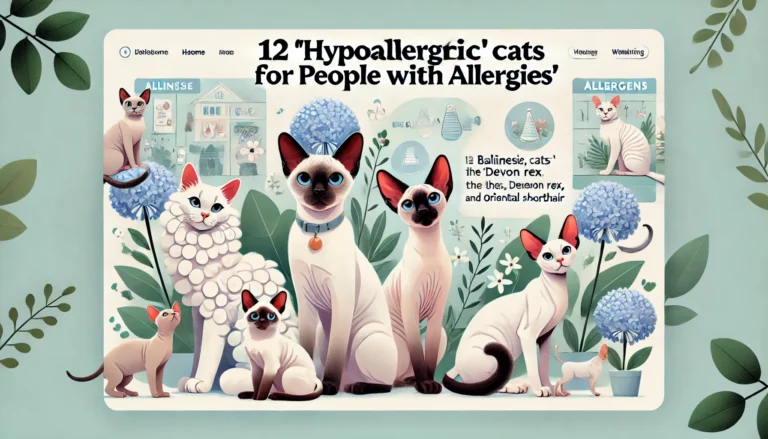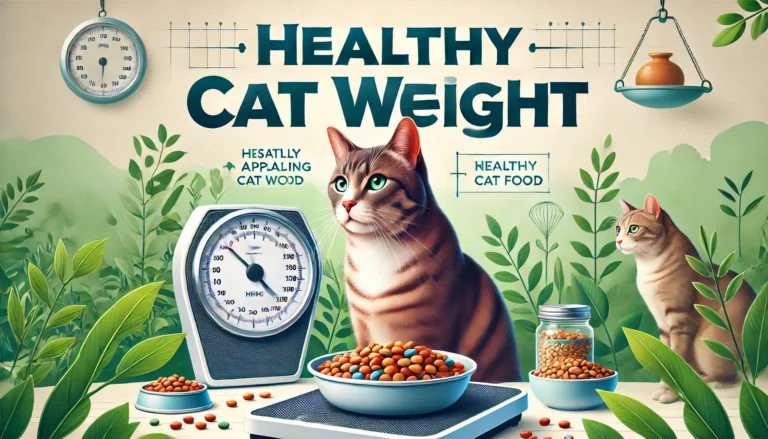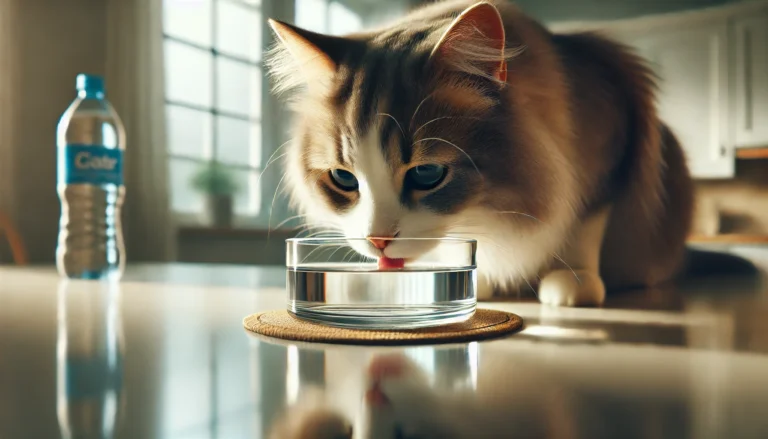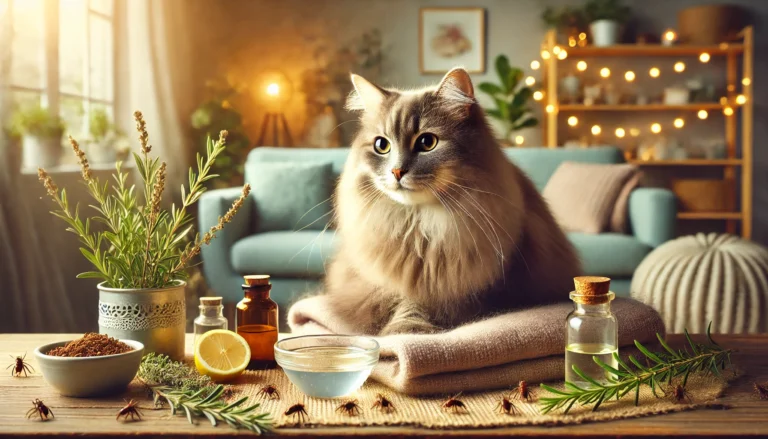Understand about the Cat In Heat

Cat in Heat? When your usually quiet and composed cat suddenly becomes an attention-seeking vocal powerhouse, it might signal that she is in heat. This period of feline fertility is a natural part of a cat’s reproductive cycle, but it can present challenges for unprepared pet owners. Here’s a comprehensive look at what to expect when your cat is in heat and how to manage these changes effectively.
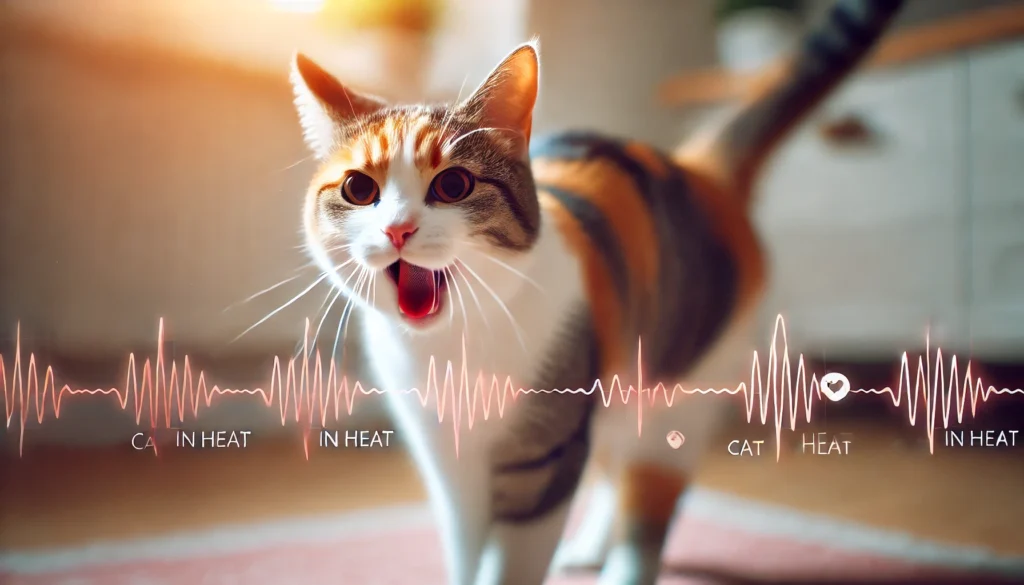
Understanding the Heat Cycle in Cats
Duration and Frequency: The heat cycle in cats, technically known as estrus, can last from several days to two weeks, with the average being about one week. If the cat does not mate, she can go back into heat every two to three weeks. During the breeding season, which usually falls in spring and summer, the cycles can be more frequent.
Signs Your Cat In Heat:
- Vocalization: Your cat may begin to meow more than usual, a loud call to attract potential mates.
- Affectionate Behavior: You might notice your cat becoming unusually affectionate, rubbing against you and other objects.
- Posture Changes: She may exhibit the “mating” posture: head down, hindquarters raised (known as lordosis), and tail to the side.
- Marking: A cat in heat might spray urine to spread her scent and signal her reproductive status.
- Restlessness and Escape Attempts: She might try to escape the house to find a mate, which can be risky.
What to Do When Your Cat Is in Heat
- Keep Her Indoors: This prevents unwanted pregnancies and protects her from risks like traffic and fights with other animals.
- Provide Extra Attention and Play: Engage her with toys, petting, or extra playtime to help soothe her.
- Create a Calm Environment: Reducing noise and stress in the home can help keep her calm. Pheromone diffusers may also be useful.
- Consult Your Veterinarian: If her behavior becomes too much to handle, your vet can provide advice, and in some cases, medication to ease her symptoms.
Managing the Cat In Heat Cycle Long-Term
Spaying: The most definitive way to manage heat cycles is spaying, which involves removing the ovaries and usually the uterus. This not only stops the heat cycles but also prevents future health issues related to the reproductive system.
FAQs About Cat in Heat
- What age do cats go into heat? Cats can go into heat as early as 4-6 months old.
- How long are cats in heat? The heat period can last from a few days to two weeks.
- Do male cats go into heat? No, male cats do not go into heat. They become sexually mature and ready to mate but do not experience cycles like females.
- How often are cats in heat? Cats can go into heat every two to three weeks during the breeding season if they do not mate.
- Can you spay a cat in heat? Yes, cats can be spayed while in heat, but some vets prefer to wait until the cycle is over as the procedure can be more complicated due to enlarged blood vessels and tissue.
why do dogs lick and chew their paws?
Dogs Lick and chew their paws mainly due to allergies, skin irritations, or injuries. Excessive behavior could indicate a health issue requiring veterinary attention.
Conclusion
While a cat in heat can be a trying time for any pet owner, understanding and managing this natural process is crucial. By providing a safe, comfortable environment and considering long-term solutions like spaying, you can help your cat navigate her heat cycles with minimal stress for both of you. It’s not just about managing a biological process—it’s about enriching your life together with care and understanding.
How long are cats in heat?
Typically 7-10 days.
When do cats go into heat?
As early as 4-6 months old, typically in the spring and summer.
Do male cats go into heat?
No, male cats do not experience heat cycles.
What age do cats go into heat?
From 4-6 months of age.
Is my cat in heat?
Signs include excessive meowing, being overly affectionate, and possibly a raised hindquarters.
How often are cats in heat?
Every 2-3 weeks during the breeding season if not mated.
Discharge in cats in heat?
Cats in heat may exhibit a clear or straw-colored discharge.
Cat in heat behavior?
Increased vocalization, seeking more attention, and potentially trying to escape outdoors.
Signs my cat is in heat?
Loud meowing, being overly affectionate, raising their back end, and possibly a slight discharge.


